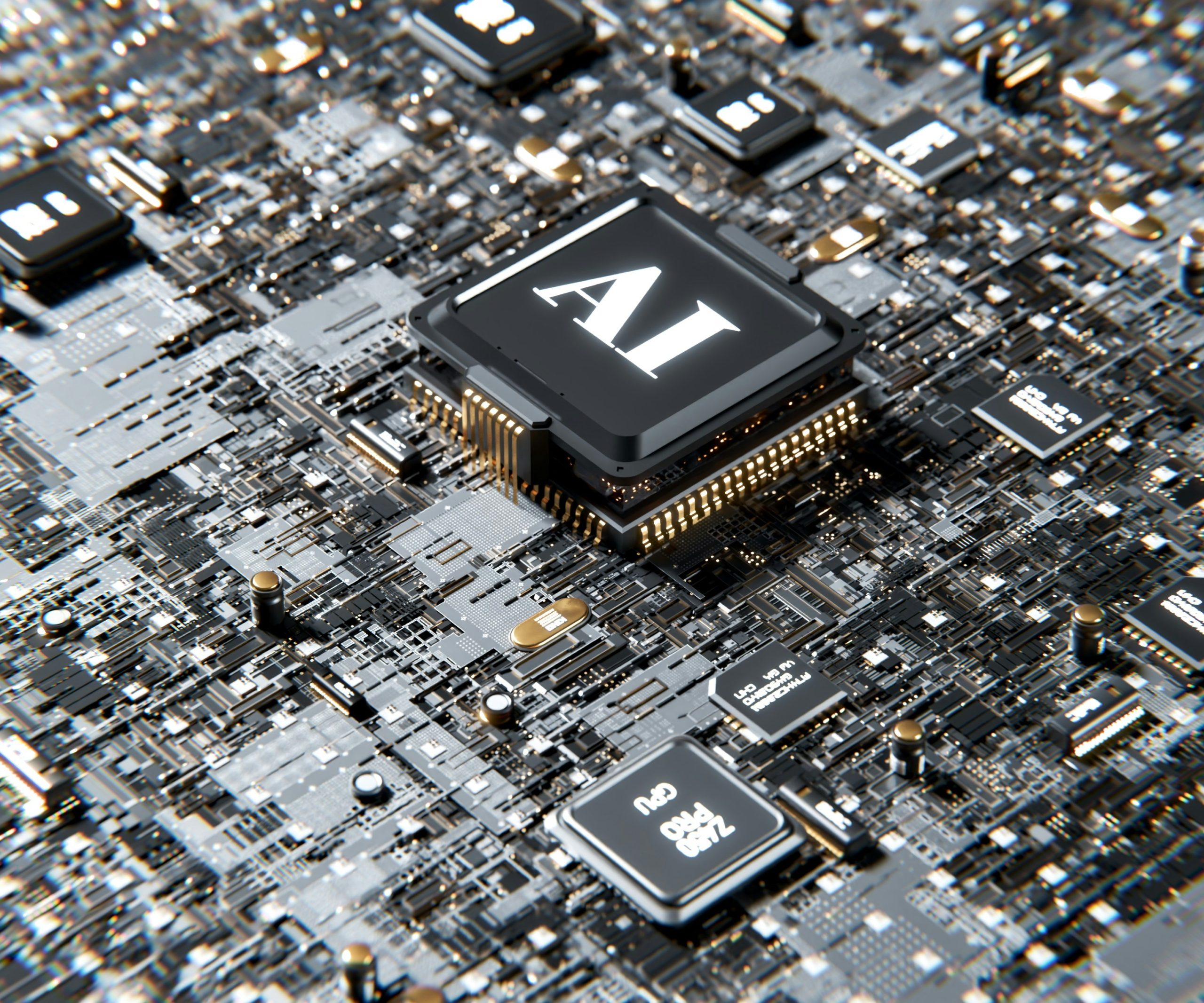A new class of material for brain-inspired computing
Artificial intelligence has emerged as one of the defining technologies of the 21st-century; however, the rapid growth of AI presents a major challenge in sustainability.
Now, researchers at the University of Cambridge have developed a new class of materials that could pave the way for more sustainable AI systems.
One solution to the challenge of AI energy consumption is the development of brain-inspired, or neuromorphic, computing systems. Here, computation and memory are combined into a single device to result in drastically reduced energy consumption compared to conventional computing architectures.
However, this solution demands the development of new materials to be able to offer neuromorphic computing with the required reliability and repeatability of modern memory systems. The materials now developed at the University of Cambridge, under experiments led by Dr Babak Bakhit, enable unprecedented performance advancements in memristive devices, and so pave the way for more sustainable AI systems.
Technology overview
In this new class of materials, a novel, yet scalable, thin film growth strategy is used to overcome the random nature of typical memristive devices and thus enable non-volatile memories with exceptional cycle-to-cycle and device-to-device uniformity and stability.
This is achieved by engineering a self-assembled p-n heterointerface between a multicomponent p-type HfO2-based oxide and an n-type TiOxNy, resulting in a fully depleted space-charge layer which is asymmetrically extended into the multicomponent oxide thin film. The multicomponent oxide also exhibits a unique core-shell nanostructure.
This interface engineering successfully overcomes the random nature of typical memristive devices and thus enables non-volatile memories with exceptional cycle-to-cycle and device-to-device uniformity and stability. It also results in ultra-low energy consumption and several hundreds of conductance levels with switching currents < 10 nA. Moreover, these memristive devices do not require any initial electroforming process or current compliance, significantly reducing both energy consumption and circuit design complexity.
For applications in data storage and advanced energy-efficient computation, this uniquely structured thin film design thus offers a unique combination of class-leading memristive and neuromorphic behaviour. These novel memristive devices are therefore of high value for artificial intelligence and machine learning hardware and emerging neuromorphic-based applications.
These multicomponent oxide materials also find broad applicability to a range of further potential applications, as they also exhibit p-type conductivity. This is unique among such high performing memory materials.
Benefits
- CMOS compatible materials, for direct integration with existing electronic circuits
- 6000 reproducible conductance levels, ranging from ~2.5 nS to ~140 nS
- High energy efficiency with switching currents < 10-8 A, due to engineered p-n heterointerfaces
- Exceptional cycle-to-cycle and device-to-device uniformity
- No need for initial electroforming process and current compliance
- Straightforward fabrication process based on scalable magnetron co-sputtering
- Greatest number of conductance states and largest interfacial-memristive memory window of any memristor with p-n heterointerfaces
Opportunity
Licensing opportunity




